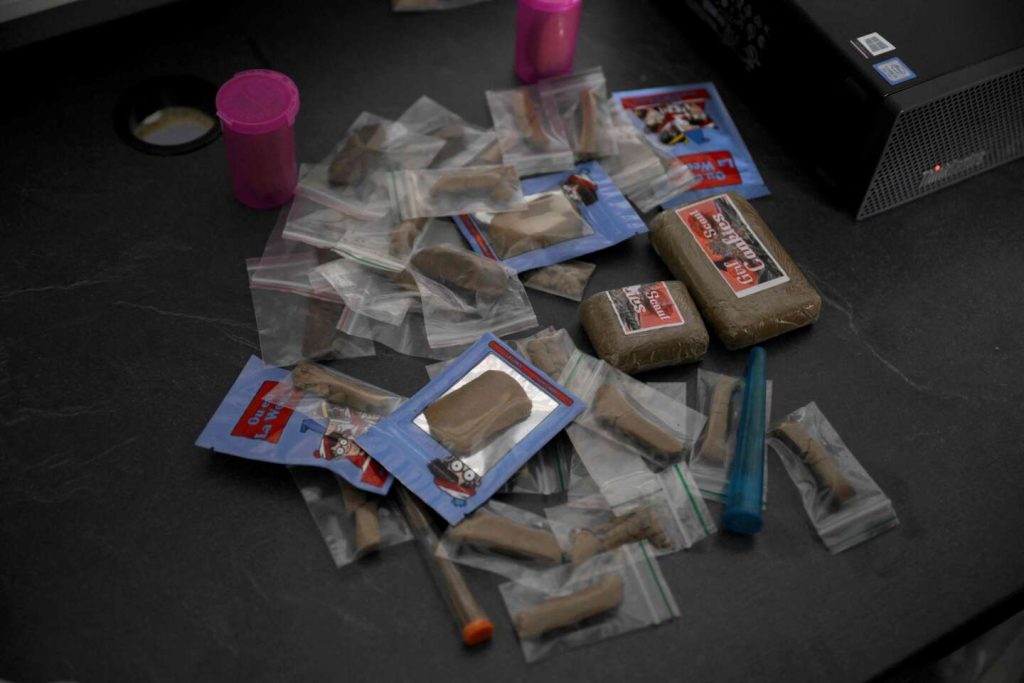Illicit drug open-air markets are increasing in France. The proportion of cocaine users among 15-30 year olds has doubled over the past ten years, according to the French Observatory for Drugs and Drug Addiction Trends (OFDT). France is among the top five European countries with the highest cocaine consumption, leading to public order issues and criminal violence. In Marseille, there were 47 homicides in 2023, an unprecedented number. Sociologist Manne Gerell observes that armed violence in two major Swedish cities, Stockholm and Malmö, is heavily concentrated in open-air drug markets.
Although legal drugs such as alcohol and tobacco cost society more than illegal drugs and the fight against violence in open-air markets, politicians are tempted to announce the eradication of these drug dealing points using force, in the name of morality and the law – even though this may not be enough to combat the violence of cocaine traffickers. The objective is clear: disrupt the supply to reduce public disturbances and discourage the use of these products. These actions allow interior ministers to demonstrate their determination. In 2005, Nicolas Sarkozy wanted to “clean up” the suburbs, and in Marseille, 250 CRS officers and police raided the Castellane neighborhood. In 2013, Manuel Valls launched his “republican reconquest strategy”, resulting in the arrest of 23 people and confiscation of weapons and cash. Now, Gerald Darmanin is waging a “war on drugs” and claims victory by dismantling 1,000 “drug dealing points” by early 2024.
The determined display of force, coupled with moral outrage and triumph in front of cameras, is primarily a communication strategy. It is important to protect the minister’s reputation, and to convince the public that the police are like Saint George fighting the dragon when it comes to drugs. Analysts point out the difficulty of closing open-air drug markets due to three main reasons. First, illicit drugs have high value compared to their weight, allowing traffickers to use sophisticated methods to hide and transport small quantities. Second, these markets are typically made up of small, individually-owned businesses that are not vertically integrated and technologically unsophisticated. The fragmentation and simplicity of these distribution businesses make them resilient against authorities.
Closing these open-air drug markets is a complex task that requires a multi-faceted approach beyond just police raids. Addressing the root causes of drug addiction, providing support for at-risk populations, and implementing harm reduction strategies are crucial steps in effectively combating this issue. It is important for policymakers to consider evidence-based solutions and collaborate with various stakeholders to create sustainable and comprehensive measures to tackle drug-related problems in society. It is clear that a singular focus on enforcement measures alone may not be sufficient in addressing the complex challenges posed by illicit drug markets.


